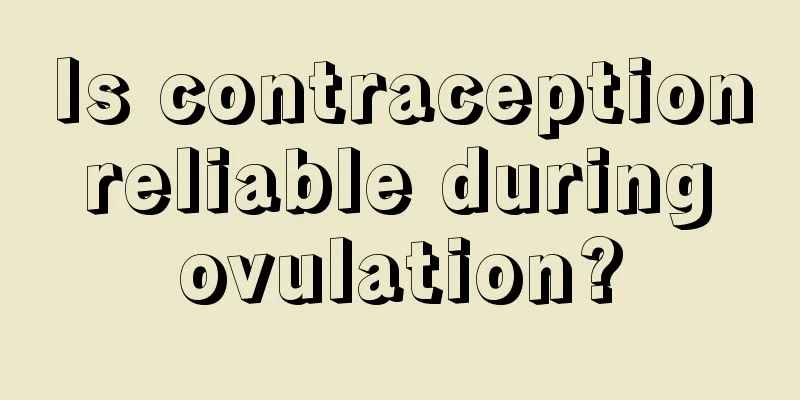Symptoms of mastitis suppuration, women must read

|
Suppurative mastitis is a common symptom of women during lactation. However, because many women are not very familiar with the symptoms of suppurative mastitis, it is sometimes inevitable to delay treatment. So what are the specific symptoms of suppurative mastitis? Milk stasis period This stage is the early stage of the disease. Systemic symptoms such as chills and fever begin to appear. The breast is swollen and painful, with an unclearly defined lump, accompanied by obvious tenderness, and the surface skin is slightly red or unchanged in color. Breast lumps are mainly caused by milk stasis and poor lymphatic and venous return. If treated actively, they can usually disappear. Cellulitis stage As the inflammation continues to develop, the symptoms become more severe, often with chills and high fever. Breast pain becomes more severe and often pulsating. The surface skin is red, swollen and hot, accompanied by venous dilation. Enlarged and tender lymph nodes can be felt in the armpits. The peripheral blood leukocyte count increased significantly. If it is a hemolytic streptococcal infection, the infiltration is more extensive. Severe infection can cause sepsis. Abscess formation stage The inflammation gradually becomes localized and forms an abscess. Abscesses can be unilocular or multiple, with fibrous septa separating the abscess cavities. Several abscesses may even form at different times, prolonging the course of the disease. The location of the abscess also varies in depth. Superficial abscesses are obviously fluctuating and can burst toward the body surface or rupture the milk ducts to discharge pus from the nipple. Deep abscesses are less likely to show fluctuation in the early stages. If they are not incised and drained early, they will slowly burst toward the body surface, causing extensive tissue necrosis. They may also break through into the loose connective tissue space behind the breast, forming a retromammary abscess between the breast and the pectoral muscle. In a small number of patients with breast abscesses, after spontaneous rupture or incision and drainage, pus fistula or milk fistula may form, which may not heal for a long time. |
<<: What causes endocrine disorders? All details here
Recommend
How long does it take for anemia medication to take effect in pregnant women?
If pregnant women do not take proper care of them...
There is a kind of morning sickness that makes you vomit to the point of doubting your life. It is called hyperemesis gravidarum. How should it be treated?
Author: Zou Liying, Chief Physician, Beijing Obst...
How many menstrual periods do you have in a month?
In life, female friends may experience irregular ...
What to eat for anemia caused by uterine fibroids
Uterine fibroids are what we call uterine leiomyo...
What is the cause of bleeding from vaginal discharge?
Generally, when women have leucorrhea, the basic ...
Precautions after laparoscopic surgery for ectopic pregnancy
Laparoscopy can be used to treat many diseases, a...
What to do if menstruation does not come out
Every woman is particularly concerned about menst...
Oral solution for irregular menstruation
Women are prone to menstrual irregularities in da...
Brown menstrual period is not clean for half a month
Discharge during menstruation is a very painful t...
What is the cause of the lump above the breast?
There are many common diseases, and the choice of...
Don't use plastic wrap like this anymore, it's toxic, harmful and may even cause cancer! 6 things to pay attention to when choosing plastic wrap →
In daily life, we often use plastic wrap to wrap ...
Tips for girls with heavy facial hair
When many girls look in the mirror, they feel tha...
What to do if there are lumps in the cervix
Cervical disease is a gynecological disease that ...
What should I do if I have hemorrhoids and blood in my stool during lactation?
The phenomenon of hemorrhoids and blood in the st...









